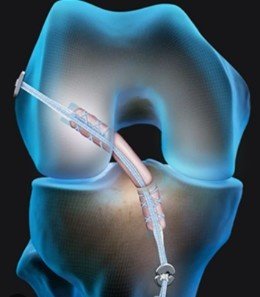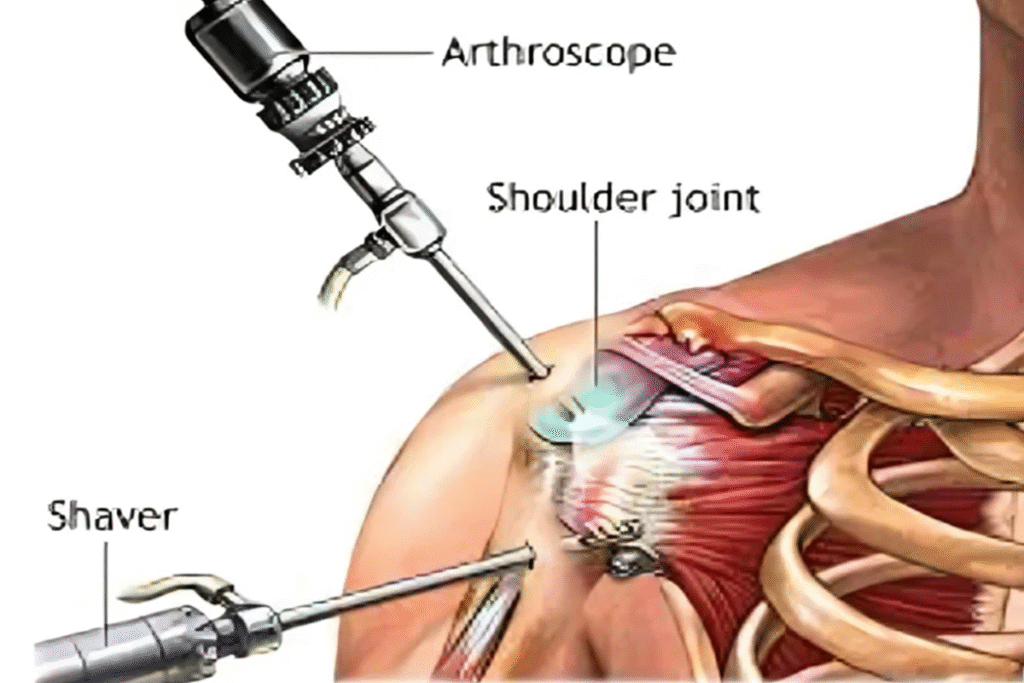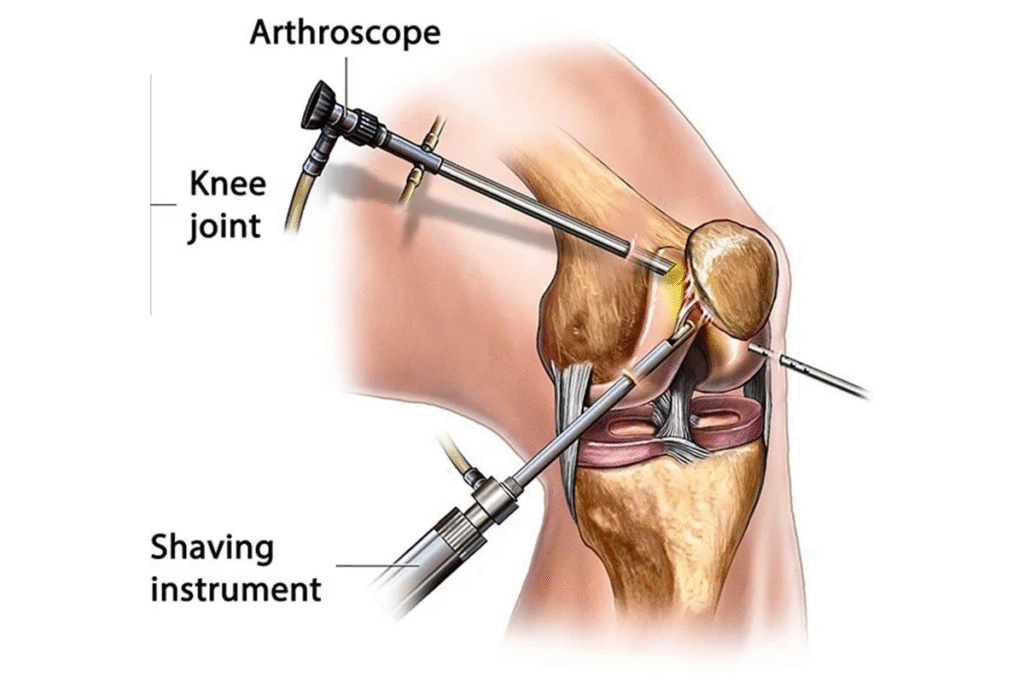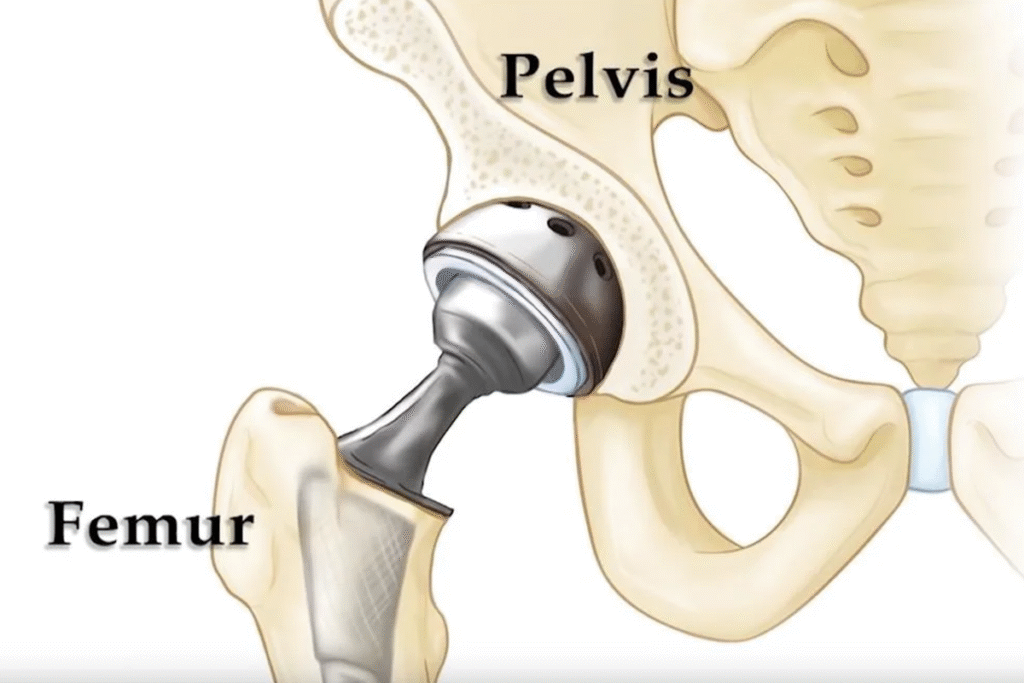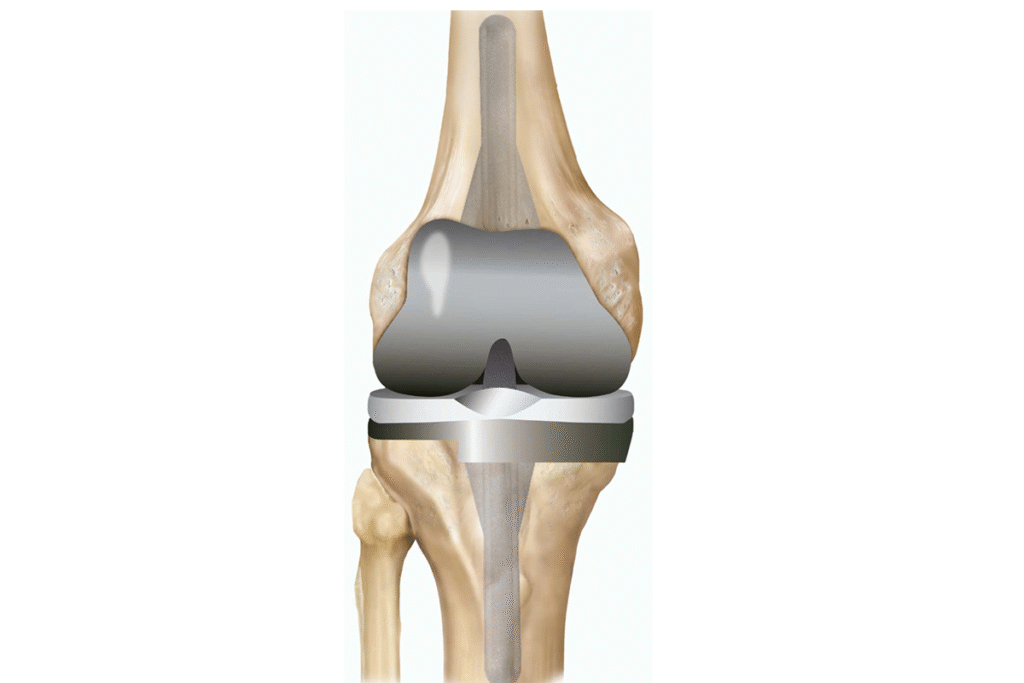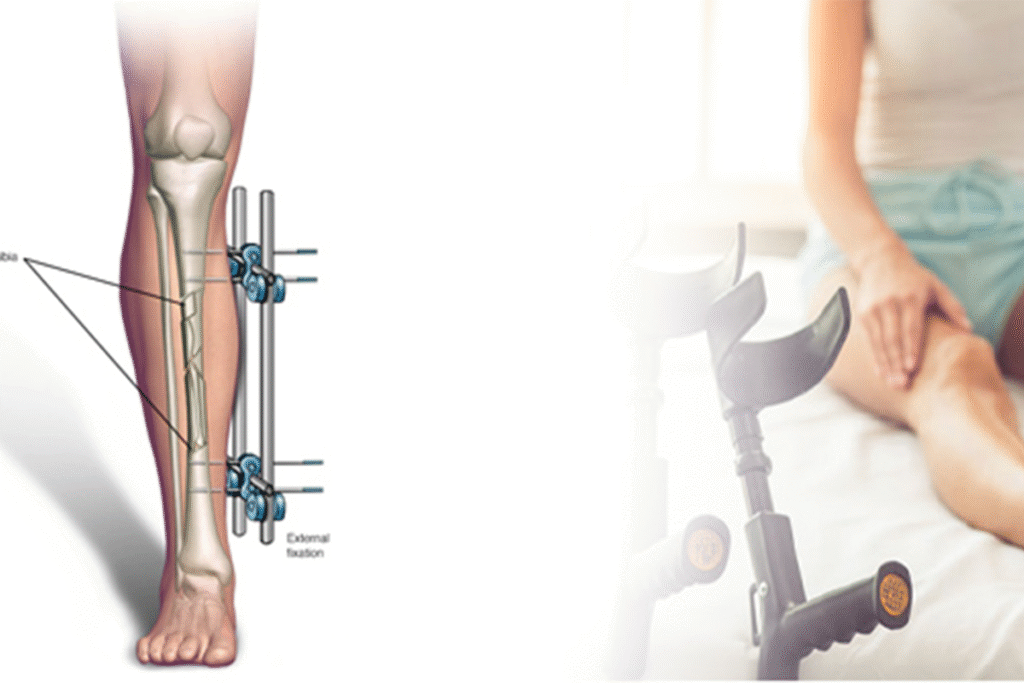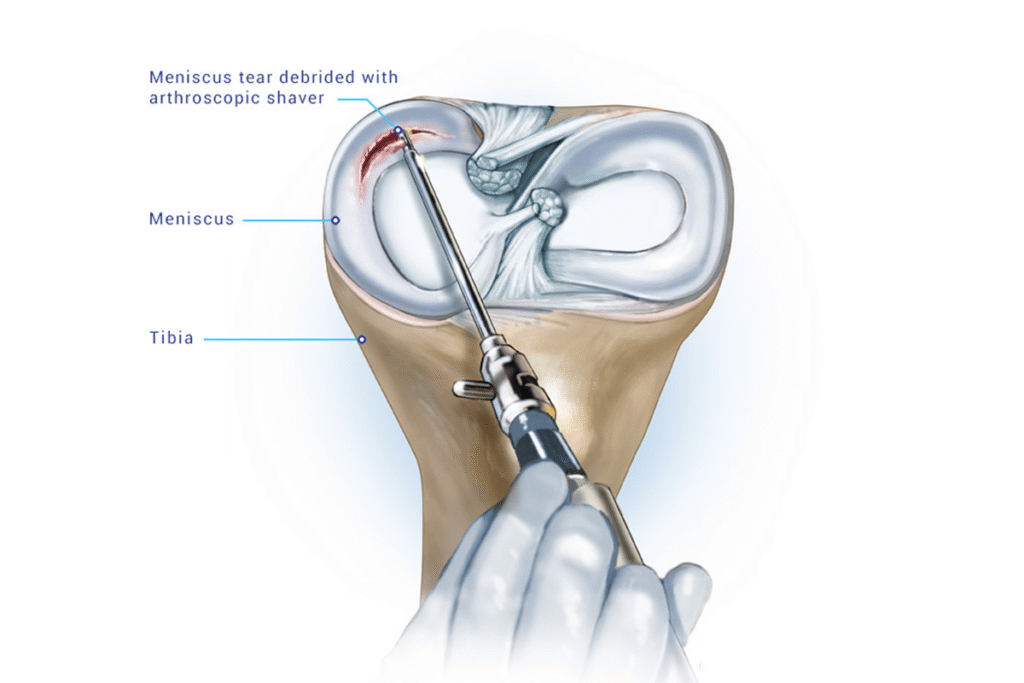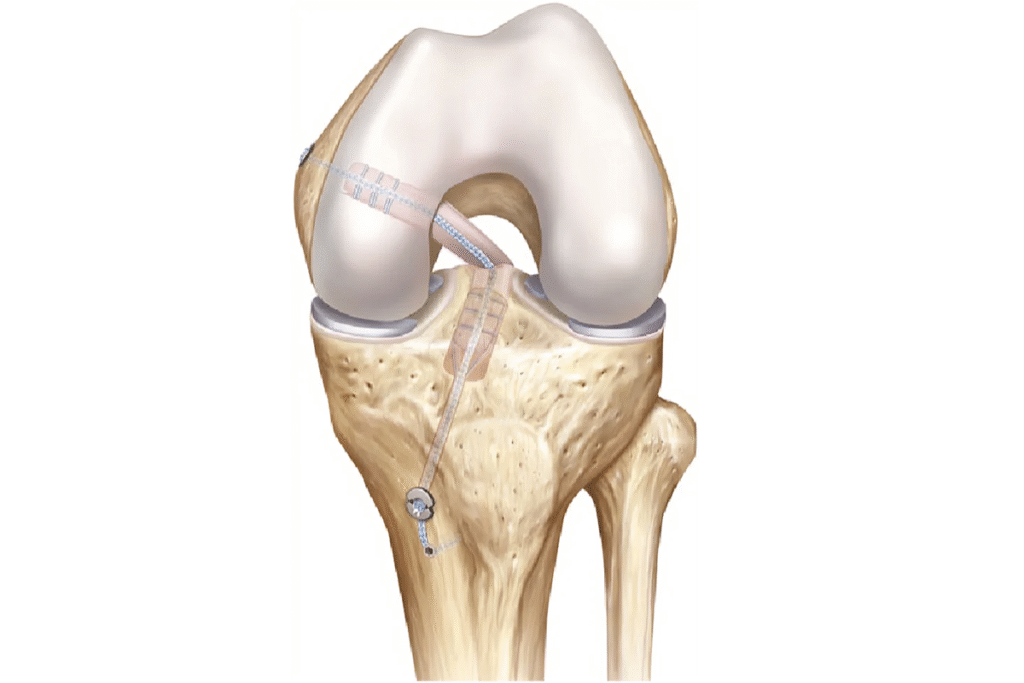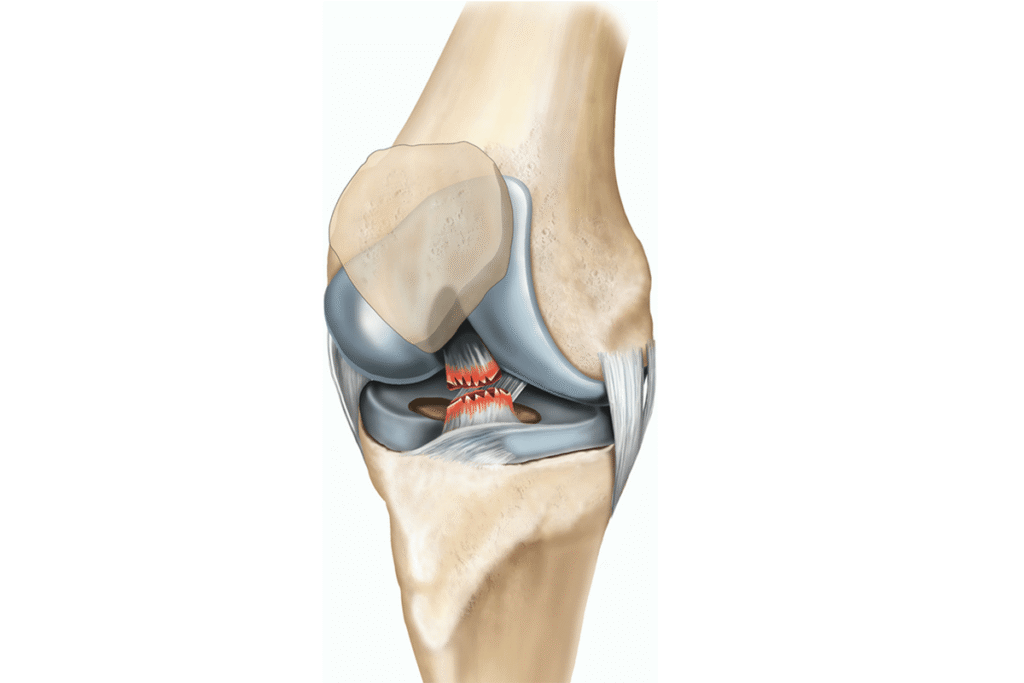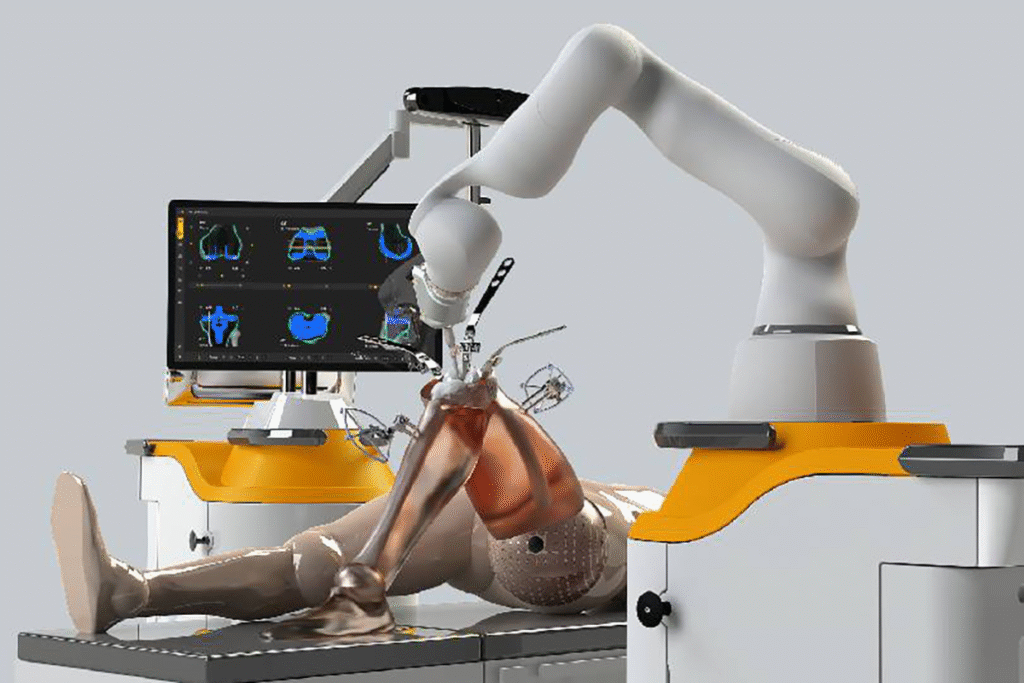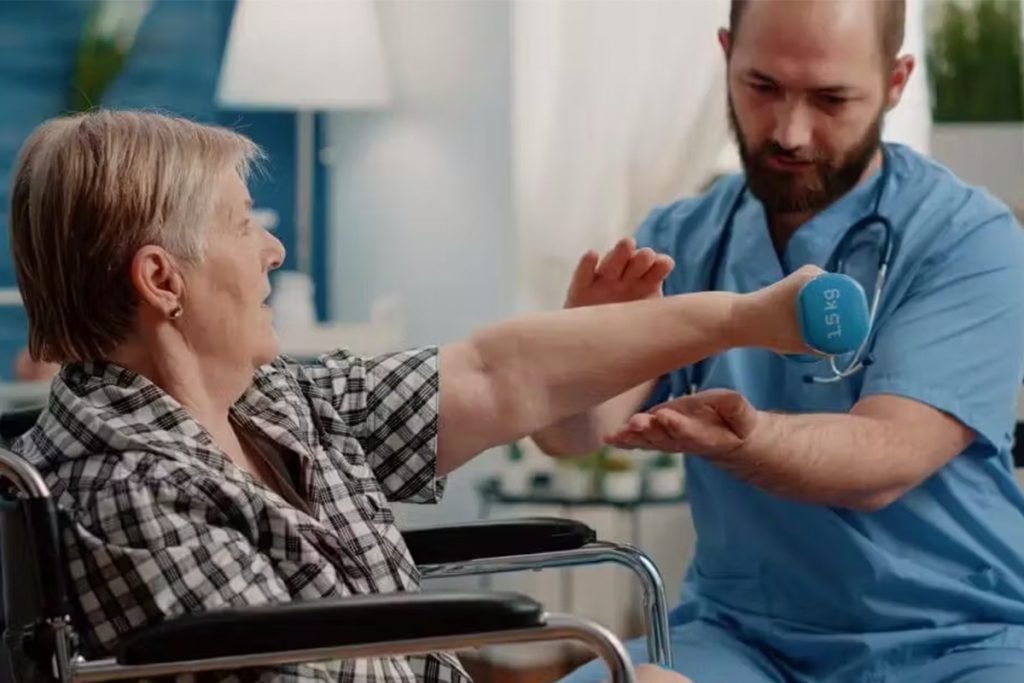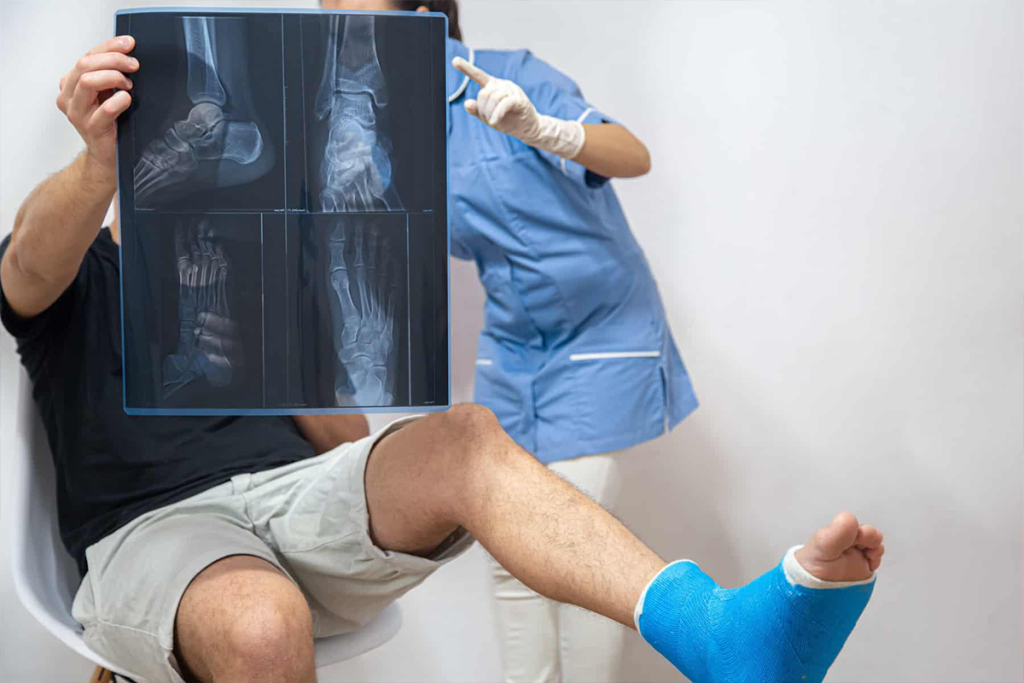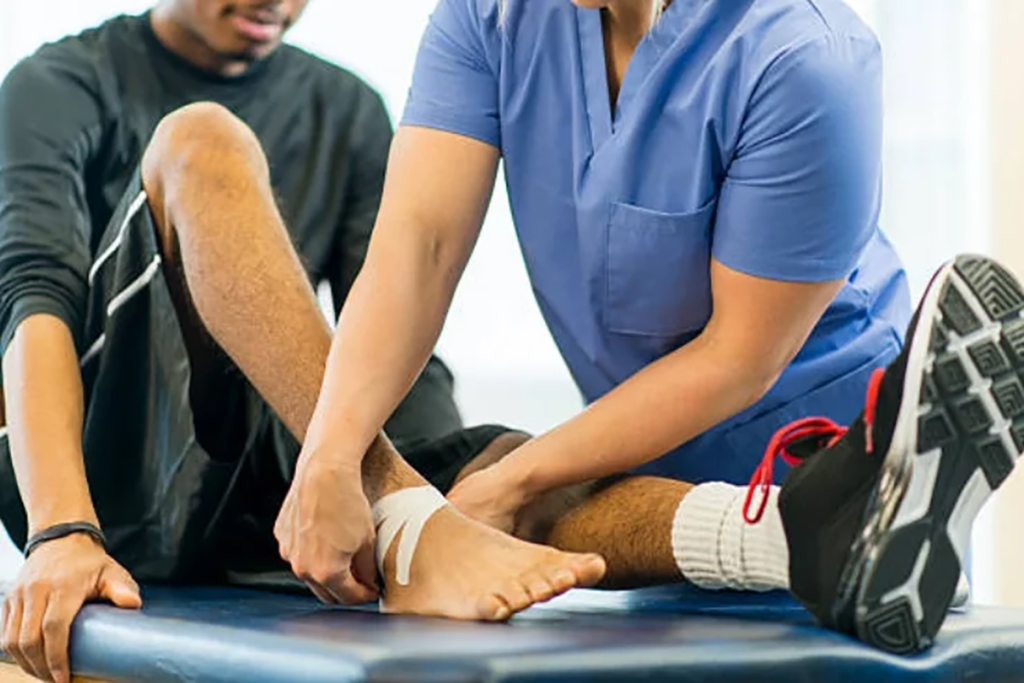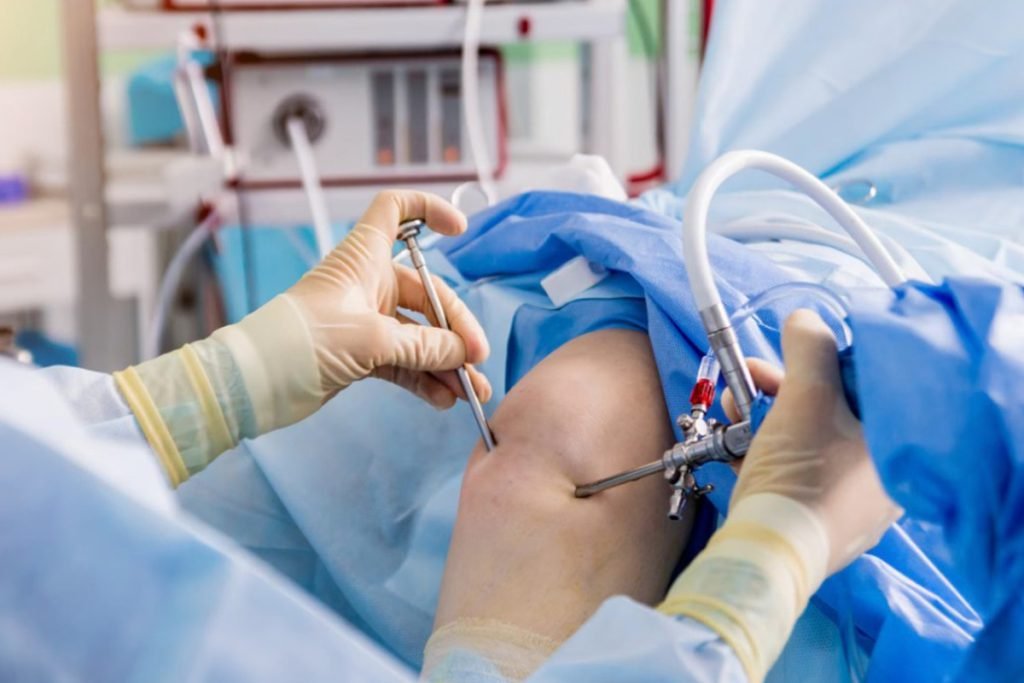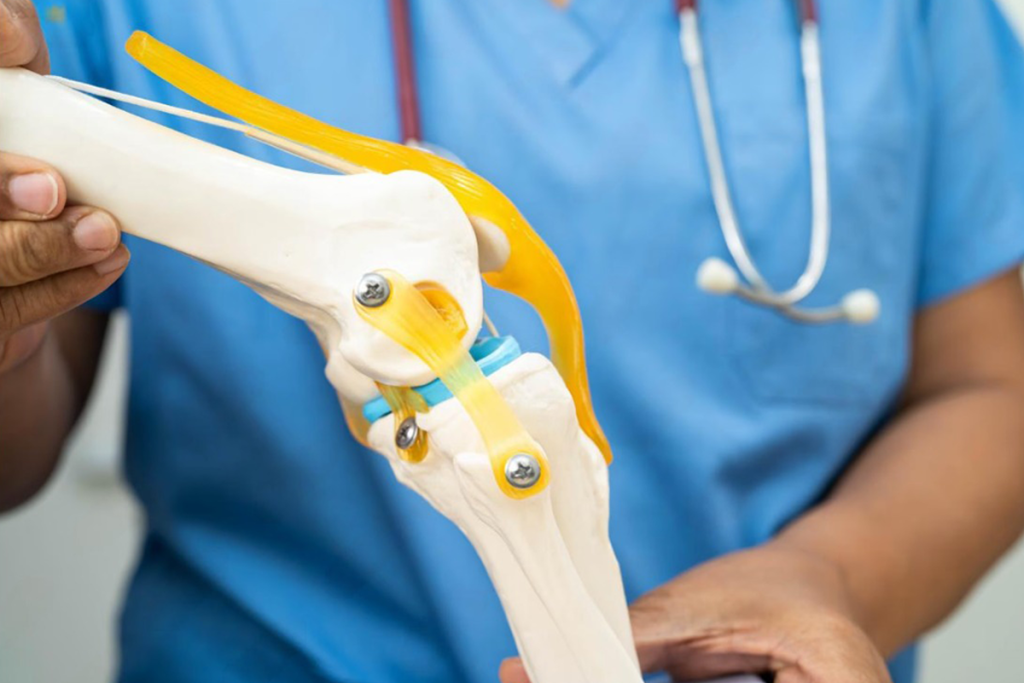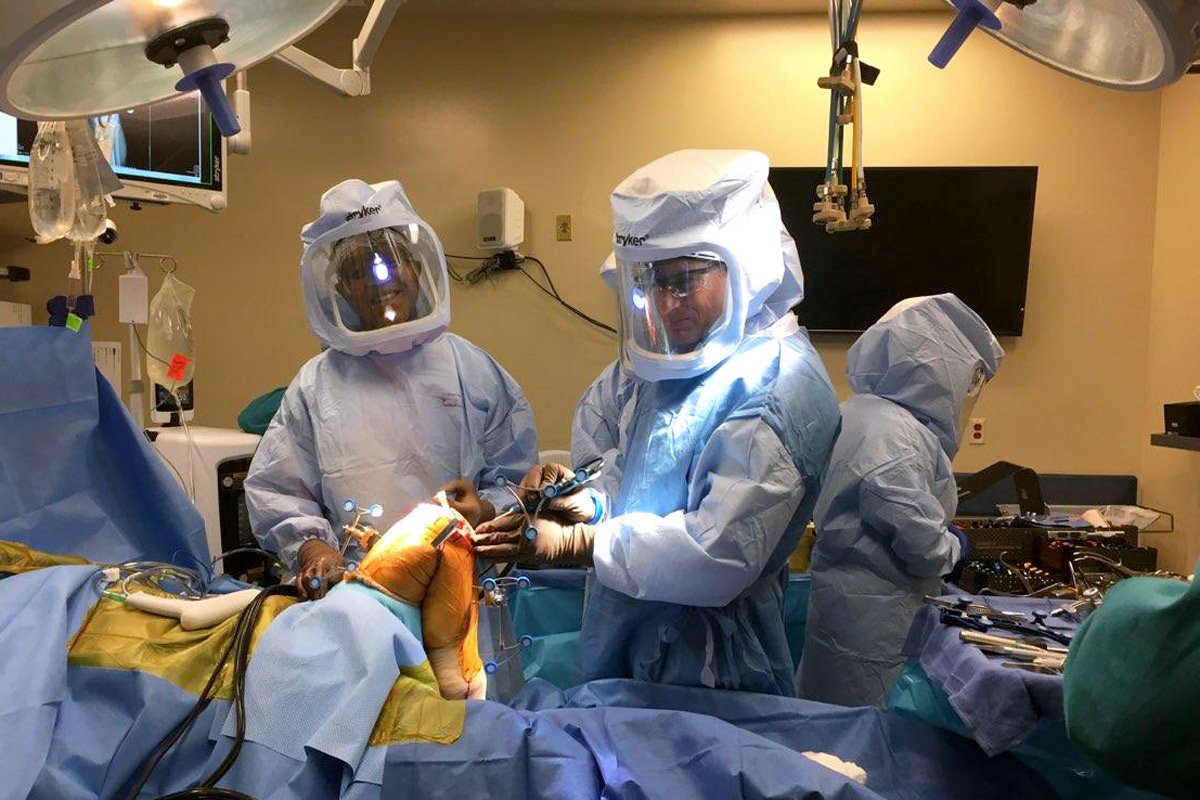Anterior Cruciate Ligament (ACL) injuries are one of the most common knee problems faced by athletes and active individuals. If left untreated, ACL tears can severely limit mobility and affect daily life. For those seeking the best ACL surgery in Gurgaon, the expertise of the surgeon plays a crucial role in ensuring successful outcomes. Dr. Guruditta Khurana, a highly experienced orthopaedic surgeon, is widely regarded as a trusted name in this field due to his precision, patient-centered approach, and advanced surgical techniques.
Join our online community! Follow us on: https://www.youtube.com/@RoboticOrthodoc_Guruditta
Understanding ACL Injuries
One important ligament that keeps the knee joint stable is the ACL. Sports activities involving abrupt stops, jumps, or direction changes can result in injuries. Symptoms typically include:
- A popping sensation at the time of injury
- Severe knee pain and swelling
- Instability while walking or running
- Difficulty in bearing weight on the affected leg
In most cases, complete ACL tears require surgical intervention to restore full knee function. This is where choosing the right doctor for the best ACL surgery in Gurgaon becomes essential.
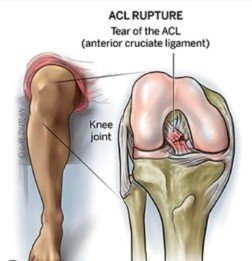
Why Expertise Matters in ACL Surgery
ACL reconstruction is a highly specialized procedure that demands accuracy and skill. The surgeon’s expertise directly impacts recovery, long-term stability, and the ability to return to physical activity. Patients should look for:
- Extensive surgical experience with ACL reconstruction
- Advanced minimally invasive techniques for reduced scarring and faster recovery
- Personalized treatment planning based on the patient’s lifestyle and activity level
- Post-surgical rehabilitation guidance to ensure complete healing
Dr. Guruditta Khurana is recognized for combining these qualities, making him a preferred choice for the best ACL surgery in Gurgaon.
Dr. Guruditta Khurana: A Trusted Orthopaedic Surgeon in Gurgaon
With years of experience in treating complex knee injuries, Dr. Guruditta Khurana has built a reputation for excellence in orthopaedic care. His approach focuses on:
- Precision in surgery – Using state-of-the-art arthroscopic methods for minimal tissue damage
- Comprehensive care – From diagnosis to rehabilitation, ensuring complete patient support
- Patient education – Helping individuals understand their condition and recovery path
- Commitment to results – Striving to restore mobility and improve the quality of life
These qualities make him one of the most sought-after specialists for the best ACL surgery in Gurgaon.
Advanced Techniques in ACL Reconstruction
Modern ACL surgeries have evolved significantly, offering patients quicker recovery and better outcomes. Dr. Khurana employs advanced techniques such as:
- Arthroscopic ACL Reconstruction: A minimally invasive procedure with faster healing
- Use of Grafts: Personalized choice of autograft or allograft depending on patient needs
- Accelerated Rehabilitation Protocols: Ensuring patients return to daily activities safely and effectively
These methods ensure long-lasting stability of the knee and help patients regain confidence in movement after the best ACL surgery in Gurgaon.
Importance of Post-Surgical Rehabilitation
Successful surgery is only the first step in recovery. Structured rehabilitation ensures complete healing and reduces the risk of reinjury. Dr. Khurana emphasizes:
- Early mobility exercises
- Gradual strengthening of knee muscles
- Balance and stability training
- Guidance for returning to sports or an active lifestyle
This holistic approach makes his practice stand out for delivering the best ACL surgery in Gurgaon, not just in terms of the procedure but also in overall patient recovery.
Choosing the Right Surgeon in Gurgaon
When looking for the best ACL surgery in Gurgaon, patients should consider:
- Credentials and experience of the surgeon
- Success rates of ACL procedures
- Availability of advanced technology in the clinic or hospital
- Transparency in treatment planning
- Post-surgical care and follow-up
Dr. Guruditta Khurana checks all these boxes, providing patients with the assurance that they are in safe and expert hands.
Conclusion
An ACL injury can be life-altering, but with the right treatment, patients can regain full knee function and return to their active lifestyle. Choosing the right surgeon is the most critical step toward recovery. For individuals searching for the best ACL surgery in Gurgaon, Dr. Guruditta Khurana’s expertise, patient-focused approach, and use of advanced surgical methods make him a trusted and reliable choice.
By combining surgical excellence with personalized care, Dr. Khurana continues to set high standards in orthopaedic treatment, ensuring his patients achieve the best possible outcomes.

